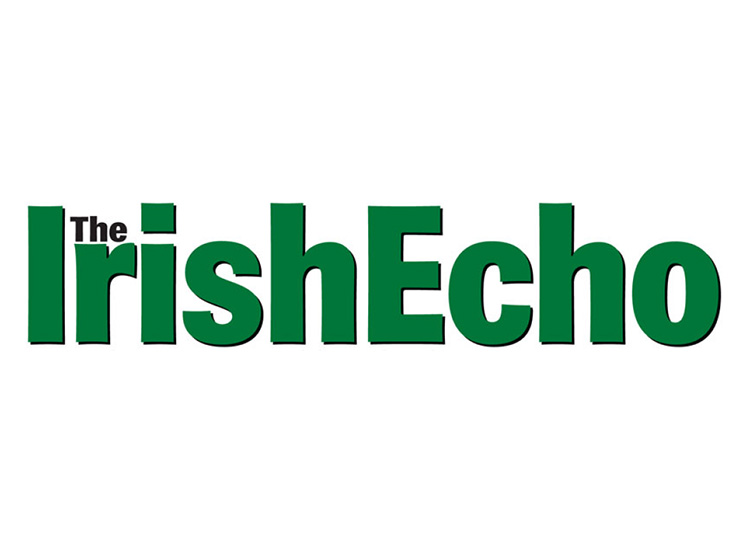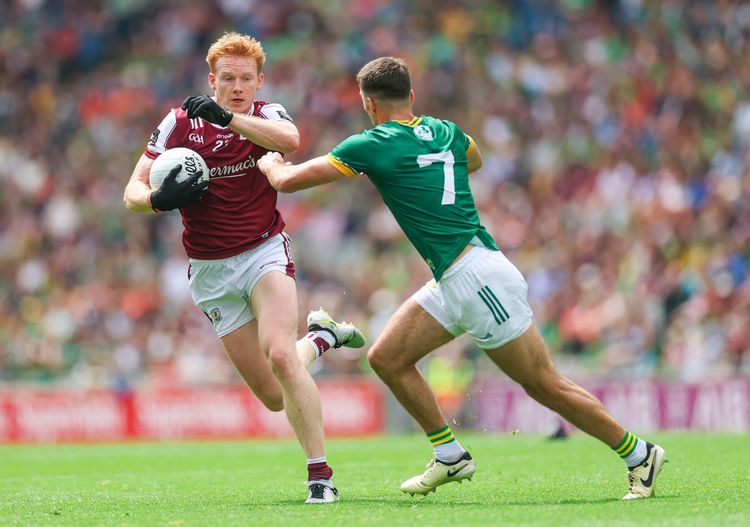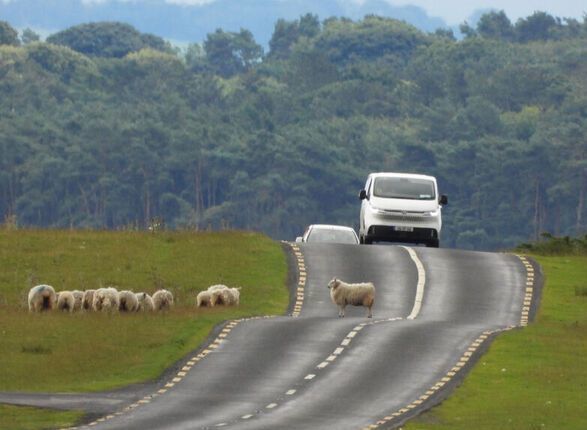A demonstration on the border last night, one of a number organized by Border Communities Against Brexit.
By Ray O’Hanlon
The British government and European Union leaders have reached agreement on a Brexit deal.
And that, after all the verbiage and angst, might be the easy part.
The deal, which appears to have immediately pushed the Democratic Unionist Party into a familiar “No” stance, must pass muster in all 28 EU parliaments.
And that includes the UK parliament which has rejected previous deals reached by former British Prime Minister Theresa May.
Her successor, Boris Johnson, is facing the task of selling the deal, and quickly. The vote in the House of Commons could end up being Hip Hip Hooray for Boris, or his last hurrah.
Details of the deal were being examined and analyzed in an array of capitals today. Journalists have been attempting to explain what, in some parts, seems to be a square deal in a round hole.
“It’s complicated” is a phrase of first resort for many trying to square the likes of no border backstop - yet no hard border.
Simon Carswell in the Irish Times posed himself a question when he launched himself into an explanation of the deal. It was but one of a number of questions.
Carswell wrote: “So what the hell has happened now with Brexit?”
And he continued: “EU and UK negotiators have agreed a final deal in Brussels that would allow the UK to leave the EU – possibly by the October 31st deadline, if ratified – more than three years after the UK voted to leave the EU. The deal would avoid a hard border on the island of Ireland, a condition set by both sides in December 2017.
“Wait, was there not a Brexit deal agreed before?
“Yes, but the so-called backstop to avoid a hard border in the original Withdrawal Agreement was rejected by the House of Commons three times, ultimately forcing British prime minister Theresa May out of office. This left it to her successor Boris Johnson to try another route.
“What did he propose?
“He suggested a ‘two borders’ plan where Northern Ireland would remain aligned with the Republic on EU single-market rules covering the movement of goods, including – most importantly for the island economy – food. This would create a regulatory border in the Irish Sea. The EU liked this but rejected his idea to take Northern Ireland out of the EU customs union with the rest of the UK as it would create a second border, a customs border, in Ireland. It did not like the plan to permit Northern Ireland to vote every four years to opt into this because it would have given Northern Ireland’s pro-Brexit Democratic Unionist Party a veto.
“What has been agreed in this new deal announced today?
“The UK has accepted that there cannot be a customs border on the island of Ireland so it has come up with a new plan: Northern Ireland will remain in the UK customs union after Brexit but the UK has accepted that the North will be subject to EU customs rules and the oversight of EU authorities, including the European Court of Justice (something previously rejected by Brexiteers). This, along with the Irish Sea regulatory border for goods, would avoid a hard border on the island of Ireland. In other words, regulatory and customs checks and controls would take place at ports on the Irish Sea on goods moving from Britain to Northern Ireland.
“Is this not the same as the original Northern Ireland-only backstop proposed and rejected last year?
“Kind of. The new deal achieves the same objectives as that proposal but by different and far more complex means. The EU has shifted its position on this original backstop by agreeing to permit Northern Ireland to remain legally in the UK customs union but operationally and practically in the EU customs union.”
What Mr. Carswell is describing here could well be described as a “fudge.”
But a widely held view would be that a soft fudge is far better than a hard frontier on the island of Ireland.
Boris Johnson is a good orator, so fudging comes easily to him.
But hard core Brexiteers in the House of Commons will not easily be deceived by anything they suspect is shy of a full scale exit from the European Union.
Johnson will need to secure the support of 320 MPs to secure a one vote majority.
That will not be easy given the volatile state of the Commons chamber since the 2016 referendum delivered a narrow majority in favor of quitting the EU.
That majority was evident in England and Wales. In Northern Ireland and Scotland the majorities were for remaining in the EU.
If Johnson fails to secure a majority his premiership will be in deep trouble. He has vowed to avoid requesting an extension to the October 31st deadline for the UK’s departure from the EU, saying that he would rather be “dead in a ditch.”
If no deal and no extension the UK would crash out of the EU and that is something that all but the hardest core Brexiteers want to happen.
Other possibilities in the event of the deal being rejected are a new referendum, a general election, or both.
One way or another there are many fences yet to be jumped.
That said, the fact that there is a deal of any sort on the table is something that was looking highly unlikely up until just a few days ago, so many are welcoming the eleventh hour breakthrough.
Irish America has been keeping a wary eye on the whole Brexit process.
One leading Irish America voice, Congressman Brendan Boyle, issued a statement today welcoming the deal.
“I am heartened that a Brexit agreement has been reached between the UK government and EU that ensures there will be no hard border on the island of Ireland,” the Philadelphia Democrat said.
“From day one, this has been the main priority for many of us. The landmark Good Friday Agreement created relative peace for a generation. It is special and must be guarded. I’m confident this Brexit agreement does that.”
Across the Atlantic, some of those who have seen real benefit from the GFA were demonstrating along the border last night as the Brexit talks went down to the wire.
A statement from Border Communities Against Brexit said: “Hundreds of people participated in mass demonstrations along the border in Counties Fermanagh, Tyrone, Louth, Armagh, Donegal, Derry, Cavan, Leitrim and Monaghan on Wednesday 16th October.”
The protests, said the statement, were in opposition to any imposition of customs posts or border infrastructure as a result of Brexit, marked the eve of Thursday’s critical European Union Summit.
The statement added: “Hundreds of local people, from both sides of the border, came together along 38 of the 200 different border crossings holding candles, torches and posters.
“Speaking on Wednesday evening BCAB Spokesperson Damien McGenity said: This evening’s mobilization of local people, right across the border region, has been a powerful demonstration of people power and of the implacable opposition that exists in border counties to the North being dragged out of the EU and of our determination to resist the imposition of any border infrastructure.
“The uncertainty around the outcome of Brexit negotiations are a cause for deep concern and too much uncertainty around the border issue remains.
“Border communities are going to be the collateral damage if there is a no-deal Brexit so we wanted to make a very clear stand today against the return of any hard border in Ireland.
“Border Communities Against Brexit wish to commend and congratulate all those local people who turned out to defend their livelihoods and to defend our economy and our peace process.”
BCAB representatives are due to meet EU Brexit negotiator Guy Verhofstadt in Brussels today to discuss the latest developments.
the vote in the House of Commons is scheduled for Saturday. The term "knife edge" is being widely used in reports leading up to it.








